Don’t you miss the days when you could wind down after a long day at work with a quick 90-minute movie? You remember, back when you didn’t have to worry about whether or not the movie was going to run past midnight, well after your bed time, unwittingly forcing you to split that watch into two parts. The recent premiere of Novocaine (an enjoyable 110-minute action movie carried through by Jack Quaid), had me wondering if the increasing runtime of modern movies has become excessive.
Back in 2012, Christopher Nolan’s The Dark Knight Rises felt like a cinematic event, with its (unusual) 165-minute runtime capping off The Dark Knight Trilogy. Fast forward to a decade later, and Matt Reeves’ The Batman’s total length stretches to an even longer 176 minutes.
At what point does an extended runtime enhance storytelling rather than simply test the audience’s patience?
Decline of Runtime Constraints

In previous years, film and television production teams were limited by practical constraints. Television shows had to accommodate advertisement breaks, while early films were limited by the physical constraints of film reels, which hold roughly 11 minutes of footage per reel.
With the rise of digital media, particularly streaming, these restrictions have disappeared. Filmmakers now have the liberty to craft their stories without sweating the limitations of runtime. Movies such as The Irishman (209 minutes) exemplify this, as Martin Scorsese crafts an expansive narrative free from the constraints of traditional theatrical runtimes.
Still, the trend of audiences questioning the length of movies is hardly new. In 2013, Business Insider noted that films were getting longer as part of their attempt to appeal to award show voters. Rolling Stone film critic Peter Travers argued that filmmakers believe their films would not be taken seriously by the Oscars if they ran under two hours.
Conciseness vs Expansive: Do Runtimes Even Matter?
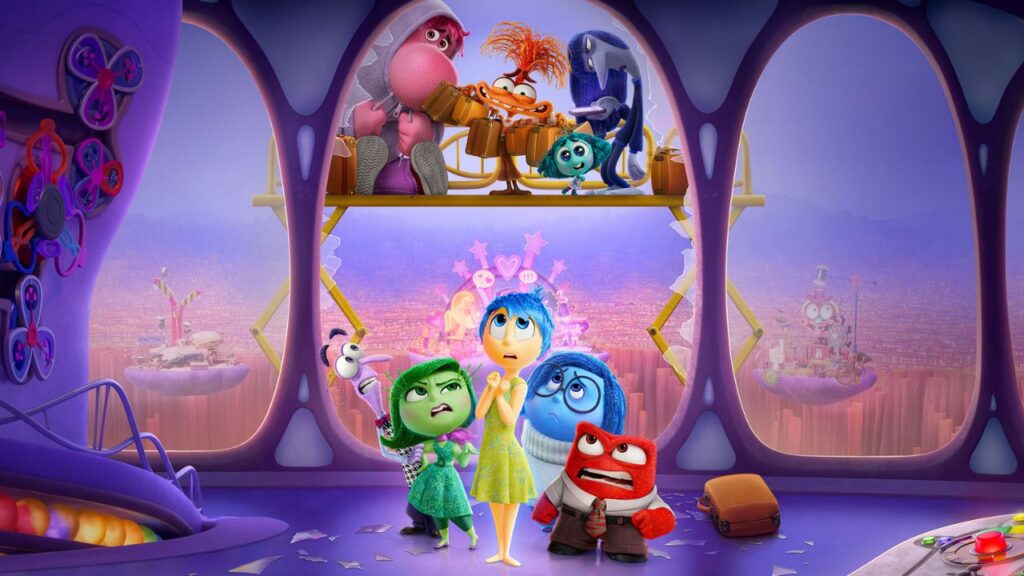
Does a longer runtime inherently make a movie better? Well, it depends.
Inside Out 2 proves that a well-paced, emotionally resonant story can be satisfactorily told in two hours. The film was widely praised for its creative depiction of psychological processes and its ability to connect with audiences.
On the other hand, James Cameron’s Avatar: The Way of Water (192 minutes) delivered breathtaking visuals but struggled to leave a cultural impact in the crowded post-pandemic film landscape of 2022. Despite its stunning visuals, the movie’s runtime did it no favours.
That said, runtime alone doesn’t dictate a movie’s inherent quality. Oppenheimer (180 minutes)and Barbie (114 minutes) both dominated the box office in the summer of 2023, proving that both concise and lengthy films can appeal to audiences if properly executed.
As such, the real question shouldn’t be about a movie’s length but more so about its justification and usage of the runtime. Does the movie’s story require a longer runtime, or is it excessive?
The Modern “Intermission”
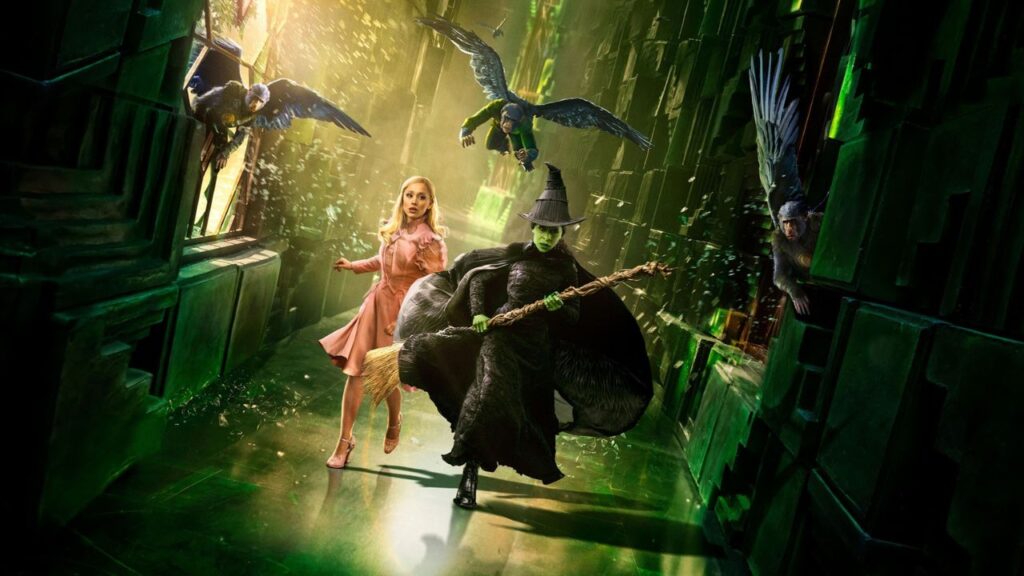
Taking cues from stage plays, one could ask: Would an intermission benefit longer movies? A well-placed break could provide structure, helping filmmakers maintain a tighter narrative.
Recently, The Brutalist reintroduced the concept of intermissions, thrilling Western audiences looking for a moment of respite during the film’s extended runtime. Bollywood movies, however, have consistently used intermissions for years, making them a regular part of their moviegoing experience.
But instead of a traditional intermission, Hollywood studios have found a lucrative way to address lengthy runtimes by splitting movies into multiple parts.
Take Wicked, for example. The film adaptation expands the story so much that the entirety of Act 1 from the original musical is now Wicked Part 1 of a two-film release. On the other hand, franchises such as Harry Potter and The Hunger Games faced backlash for splitting their final books into two films.
Still, could intermissions be the solution to improving storytelling? This echoes Parkinson’s Law, where the work expands to fill the time available for its completion. In the case of split films, it is arguable that this approach is more of a business decision to maximize the commercial success of a single idea over multiple movies with the added benefit of giving the filmmakers additional space to flesh out their plot.
The Economics of Longer Movies

Beyond creative considerations, economics and the shift from traditional cinemas to modern streaming services can also influence the length of movies.
That’s because cinemas operate on a simple premise: the more screenings they can fit into a day, the more tickets they can sell, and the more money they can make. A longer movie would reduce the number of available showtimes on a particular day, limiting revenue potential.
It would be in the cinemas’ best interest to have shorter films to cycle through moviegoers more frequently. This is also why some blockbusters (in spite of their lengthy runtime) are shown earlier or provided additional screens to mitigate the potential loss in revenue.
Streaming services, on the other hand, operate on an entirely different business model. Services such as Netflix, Prime Video, and Disney+ measure their success through audience engagement time: how long users spend watching content on their particular platform. A longer movie means more time on the platform, increasing viewer retention and overall engagement.
With these diverging models, it is no surprise that Hollywood has also embraced lengthy runtimes; with movies such as Killers of the Flower Moon directly benefiting from being financed by Apple TV+.
Interestingly, the pandemic caused a shift in viewer appetite towards short-form content consumption as users flocked to TikTok and other similar offerings. One would think that this would result in shorter movies, though Hollywood has trended in the opposite direction.
Both streaming platforms and traditional studio publishers have been trending towards longer runtimes. As such, this raises the question of whether consumers are demanding longer films or whether studios are making longer movies despite the shifting viewing habits.
Striking a Balance
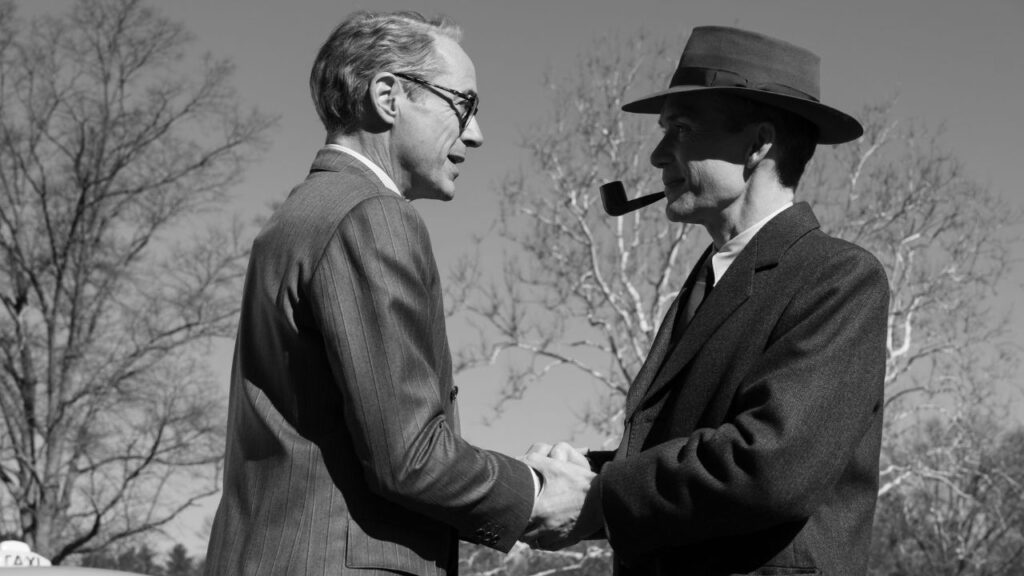
With all the mumbo jumbo around film runtimes, the core task for filmmakers is to balance between their creative vision and a studio’s commercial interest.
While some films are able to justify their length with elaborate worldbuilding and emotional character arcs, others serve to stretch their movies for pure commercial reasons — to cater to streaming algorithms, priming for award show contention, and managing profit margins of cinemas.
With the evolving tastes of cinema-goers, the future of filmmaking will evolve to meet that demand, whether through multi-part stories, intermissions, or something wholly new. Ultimately, the question is whether the movie’s runtime is warranted for the story it serves to tell.


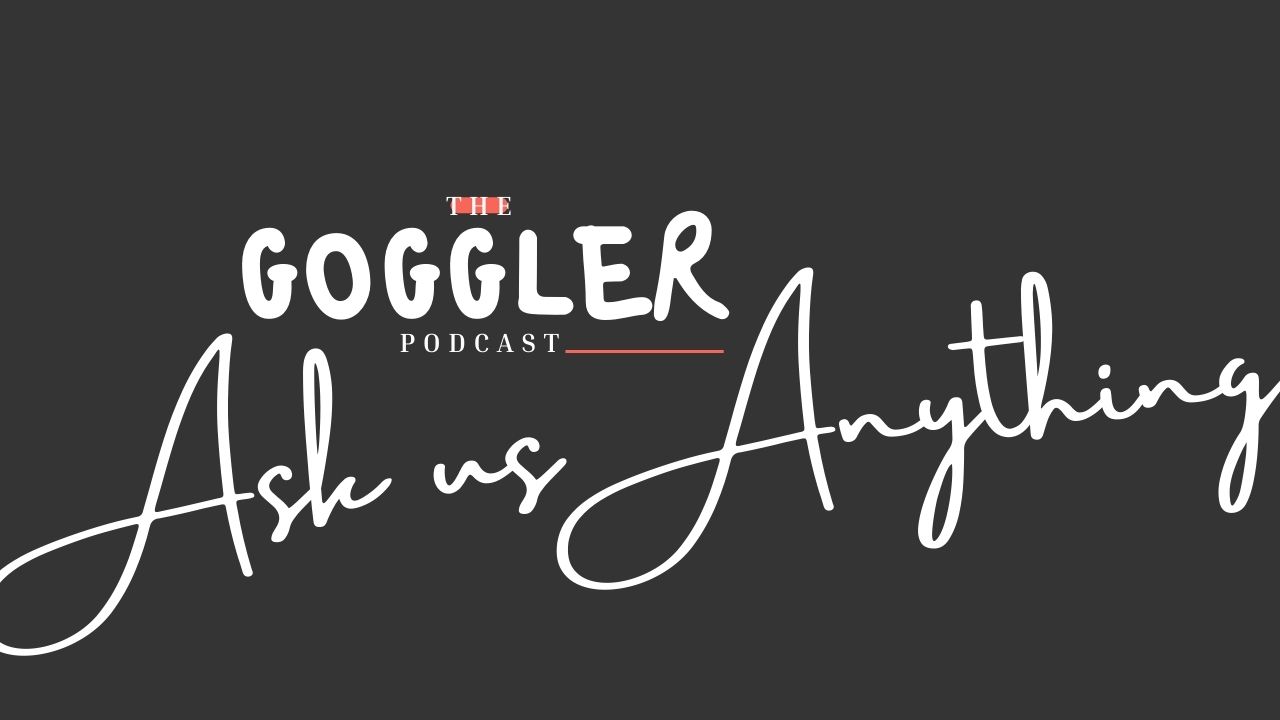
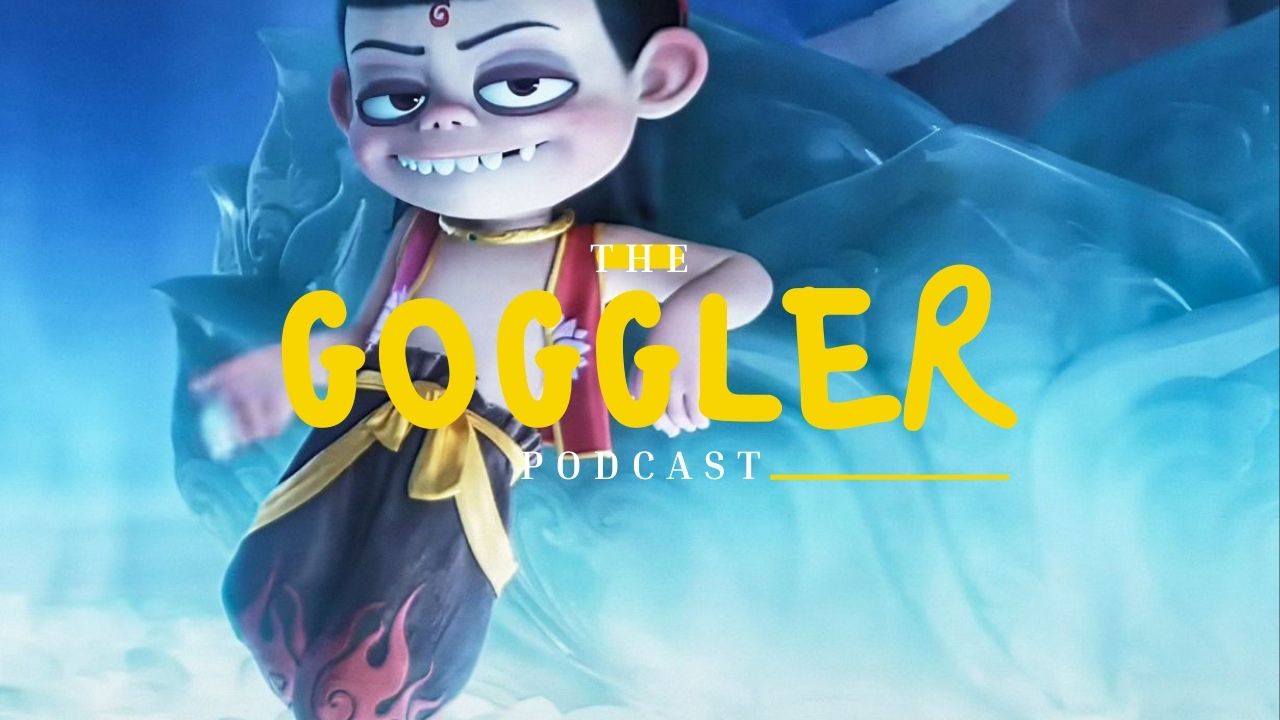

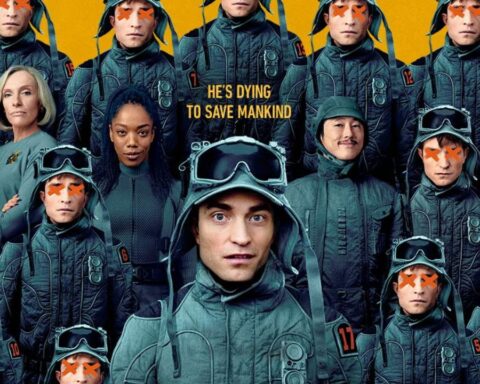



Follow Us